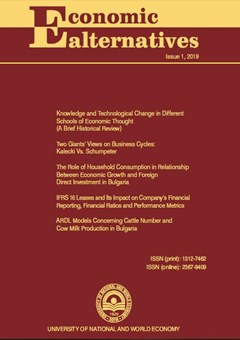"The owls are not what they seem" Merging of Organized Crime and Political Violence
Author: Evgeniya Vasileva
Abstract
Organized crime and terrorism as prominent forms of political violence in the global world have a complicated national and transnational manifestation. This article examines the linkage of the two forms of political violence in a situation of increased mobility and diffusion of new technologies. Although organized crime and terrorism have different features, they enhance each other in various ways. The assumption is that there is more than just a mere overlapping between the two phenomena. They may convert or merge into one another and this requires а constant renewal of our understanding and reformulation of strategies and policies. We assume that the relationship between terrorist and criminal organizations is more complex and socially embedded than it seems to be if we analyze them and counteract them separately. We outline common theoretical framework, policy implications and assessment of the organizational behavior, motivation and tools of operation through three general models: system approach, ethnic or cultural connections, and the economic nature of the groups. The empirical data present four types of merging: from terrorism to organized crime; from corruption to organized crime; from organized crime to political control; and from organized crime to cyberterrorism. Finally, the analysis outlines policy options to cope with terrorism and organized crime.

